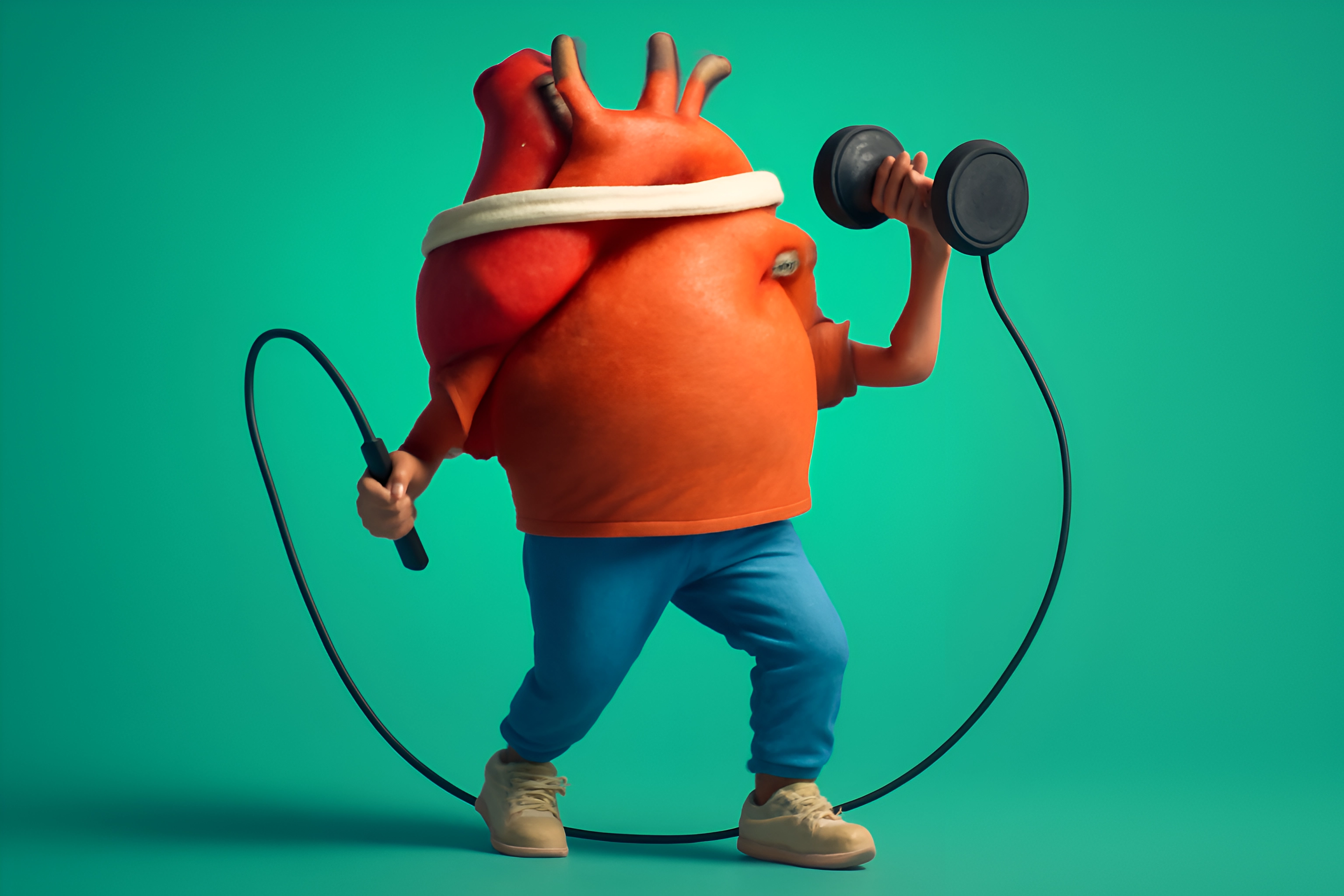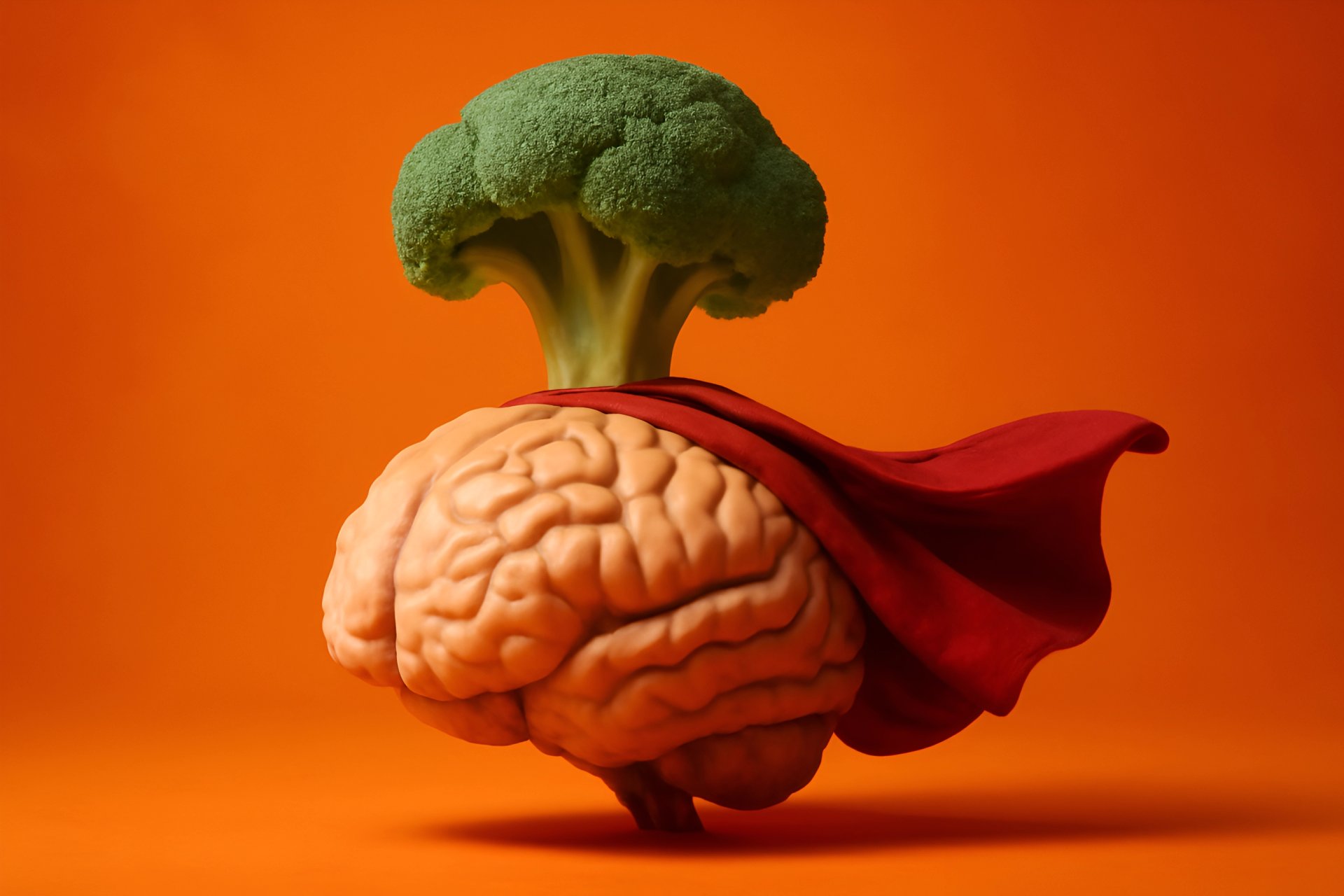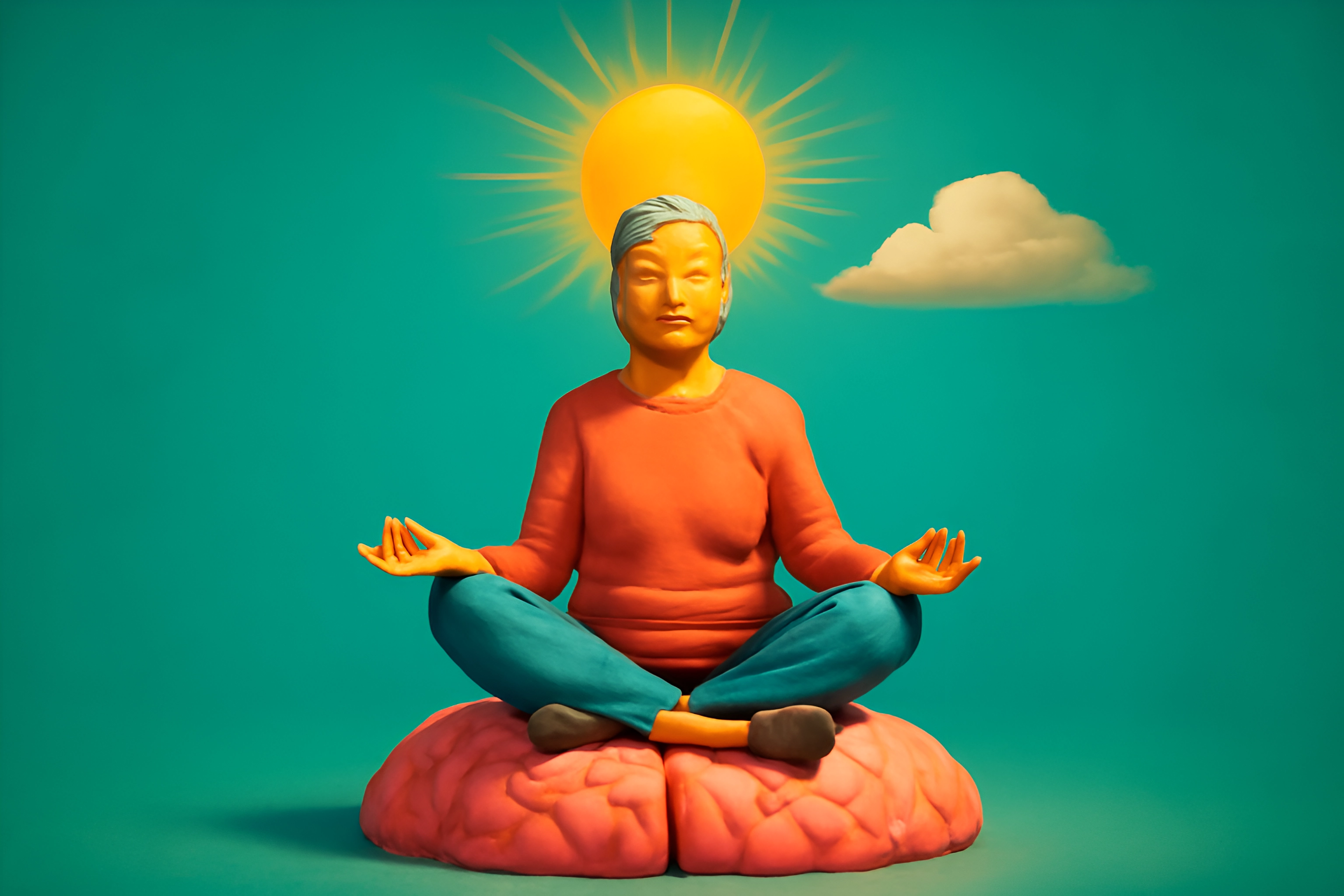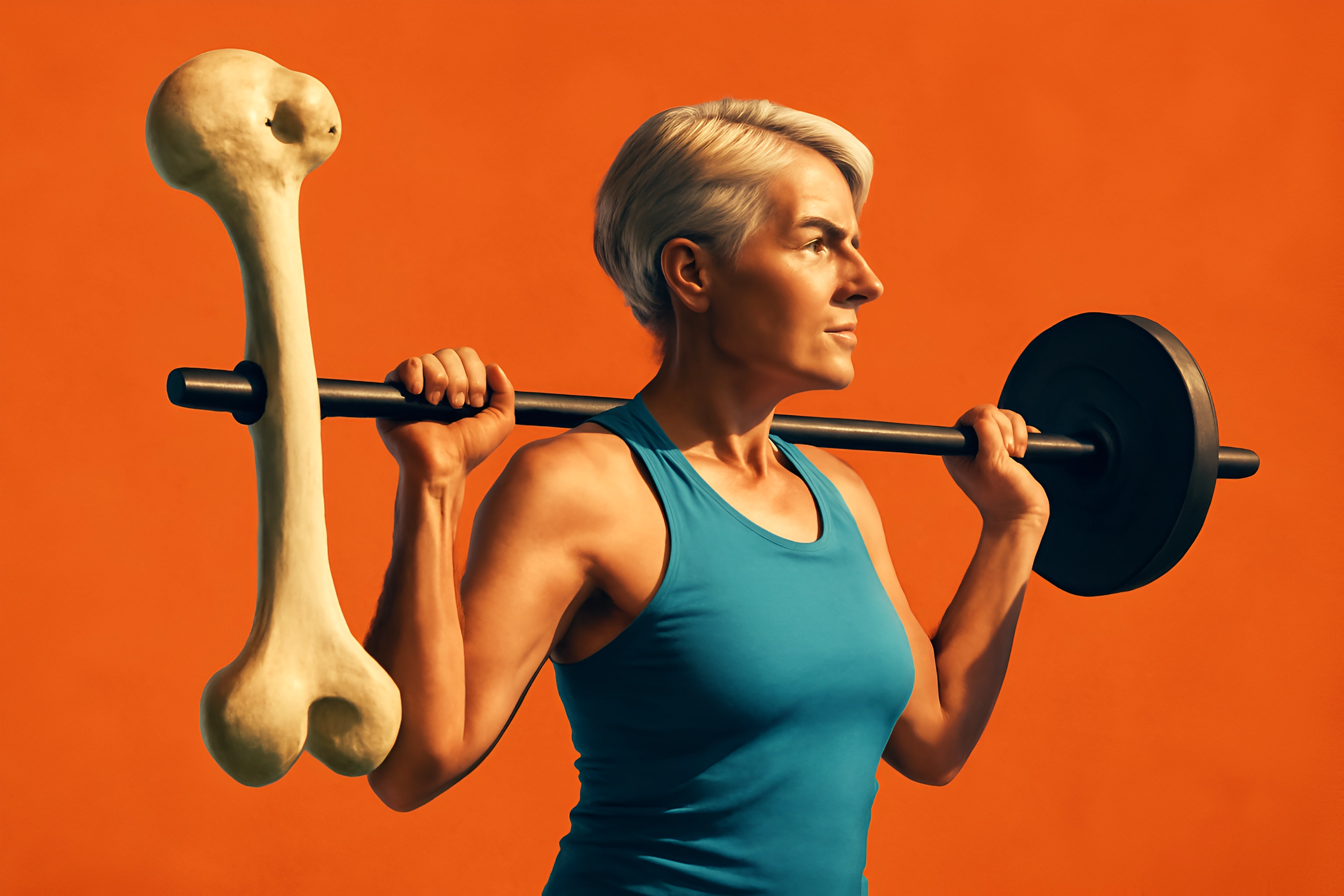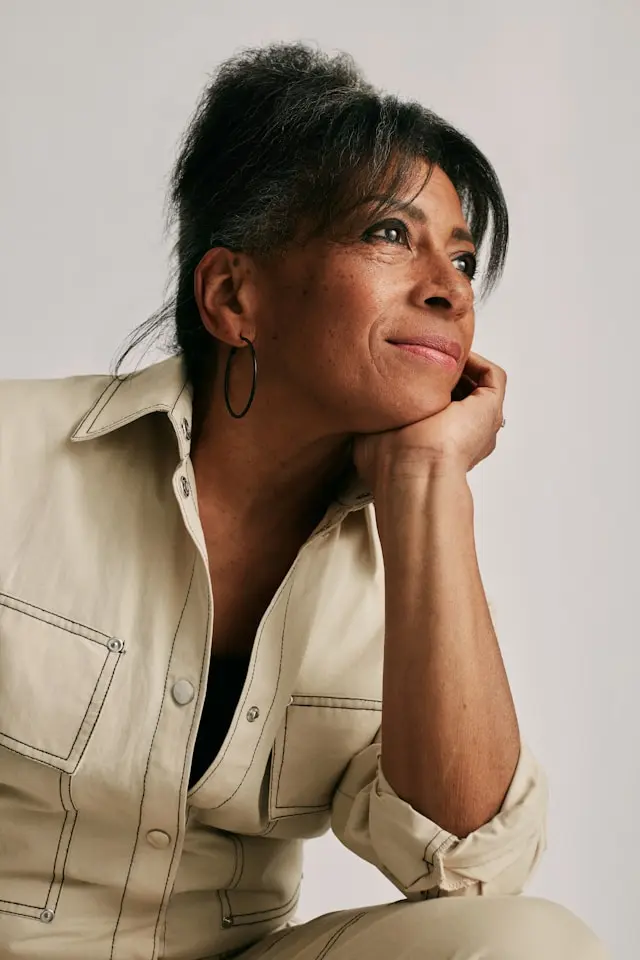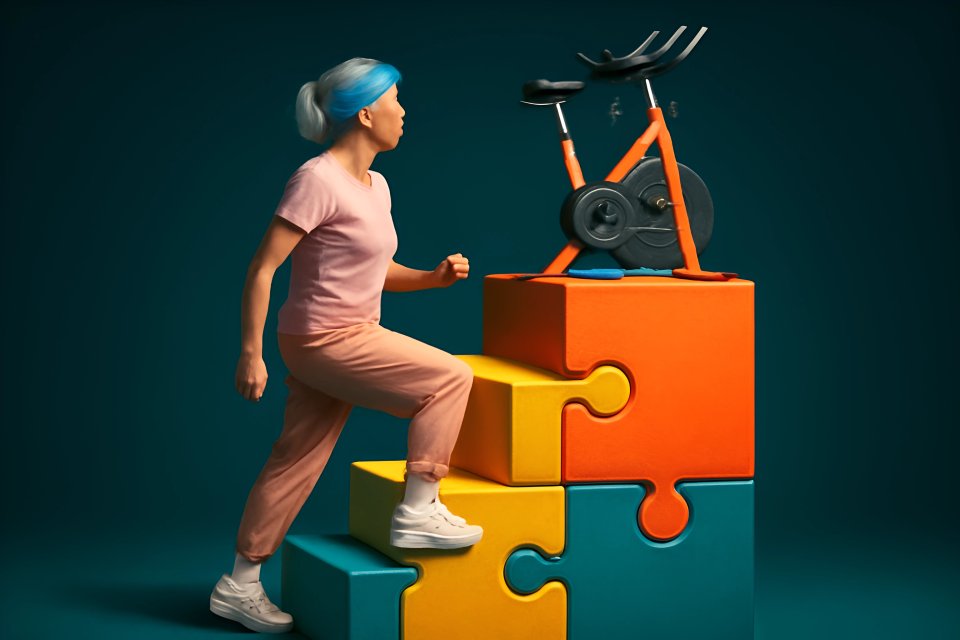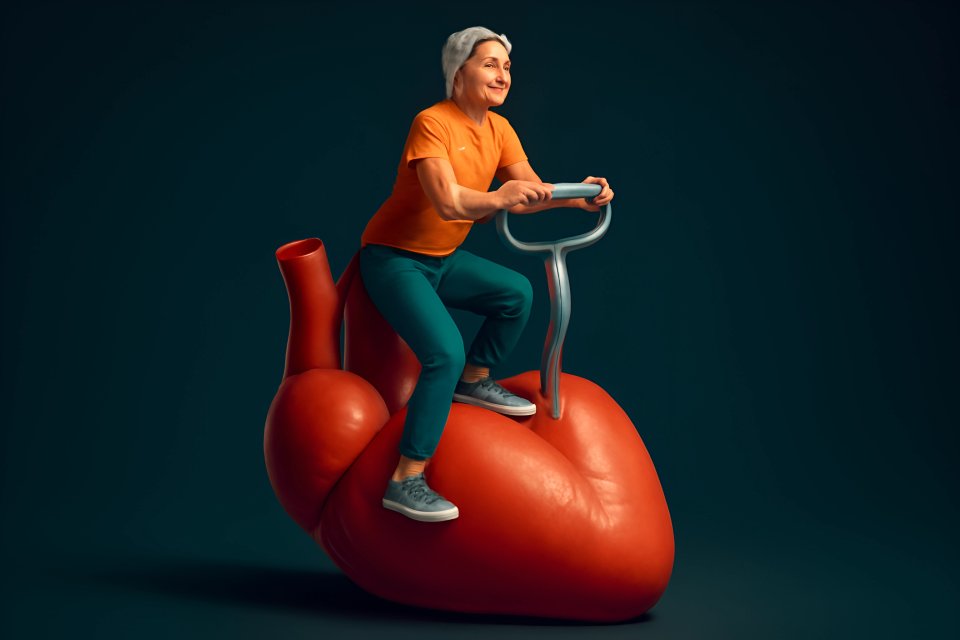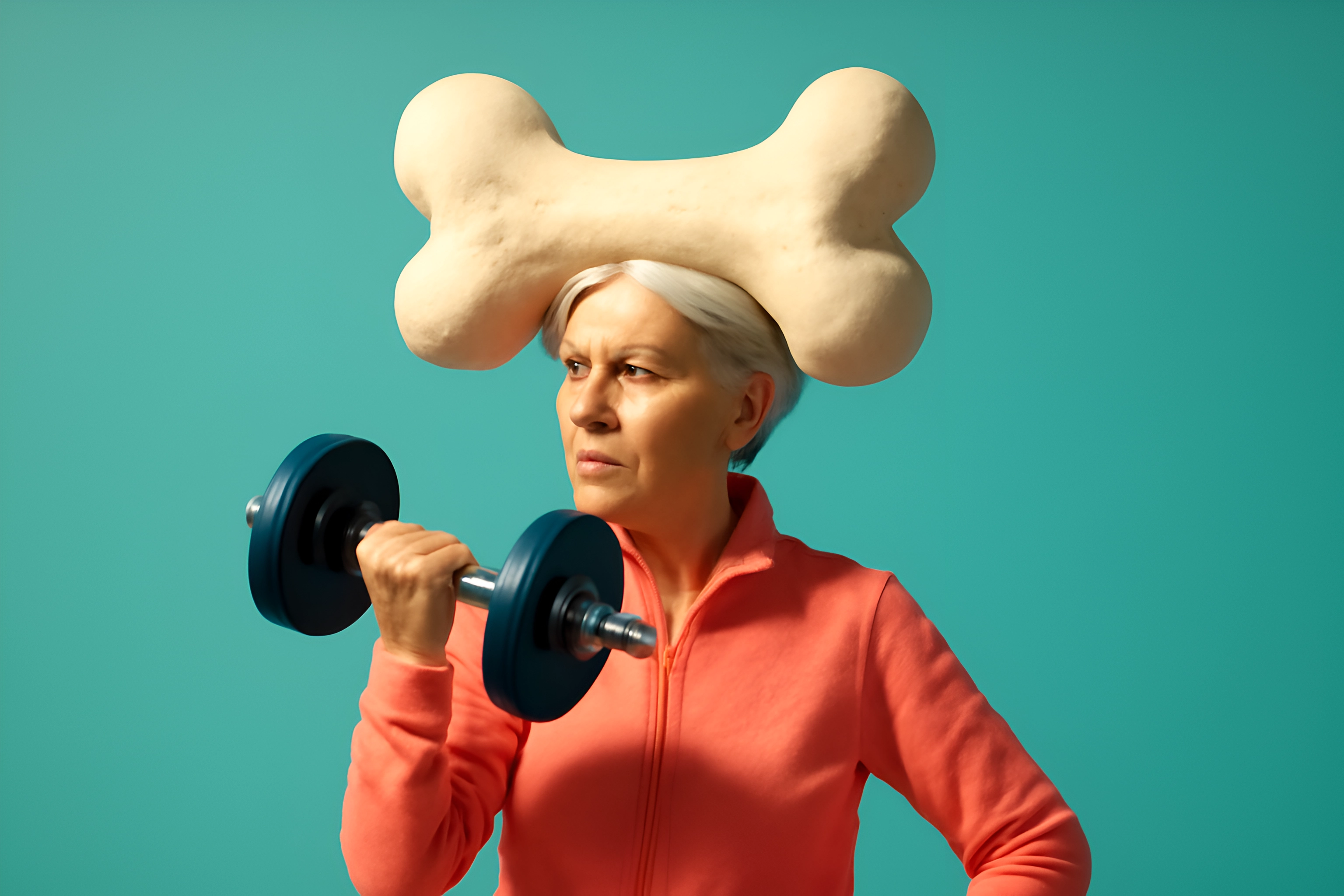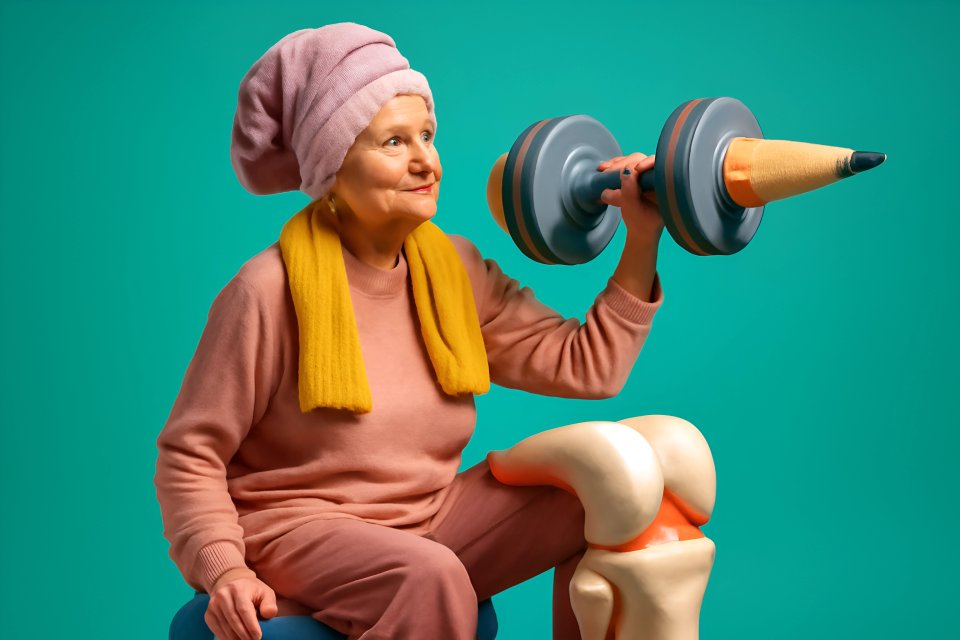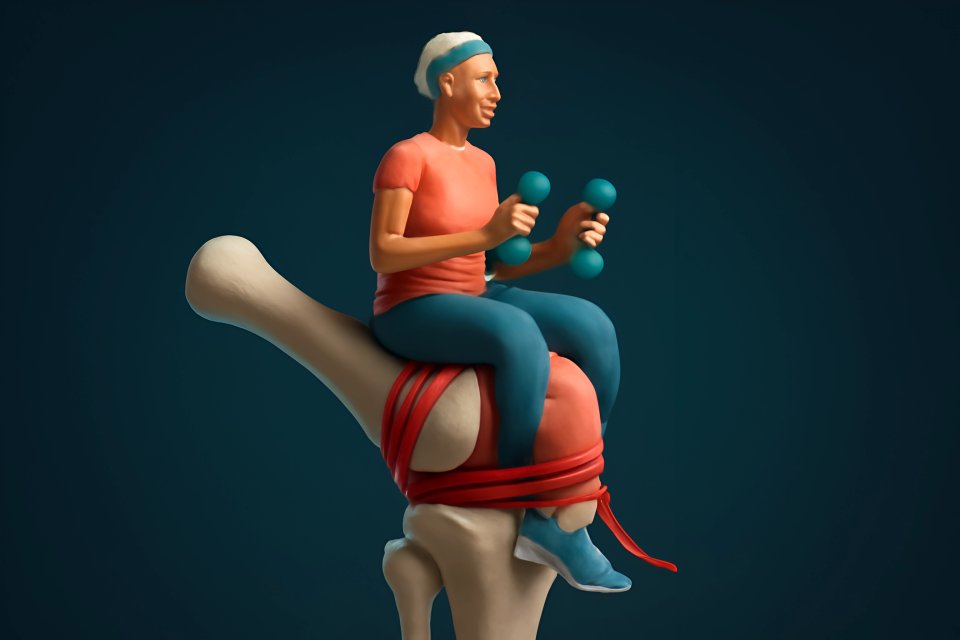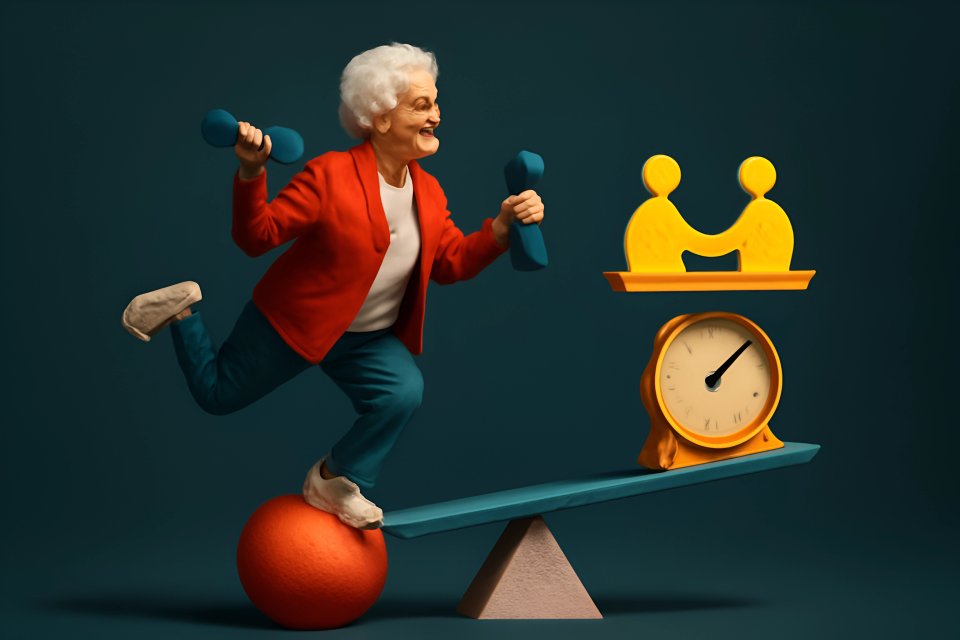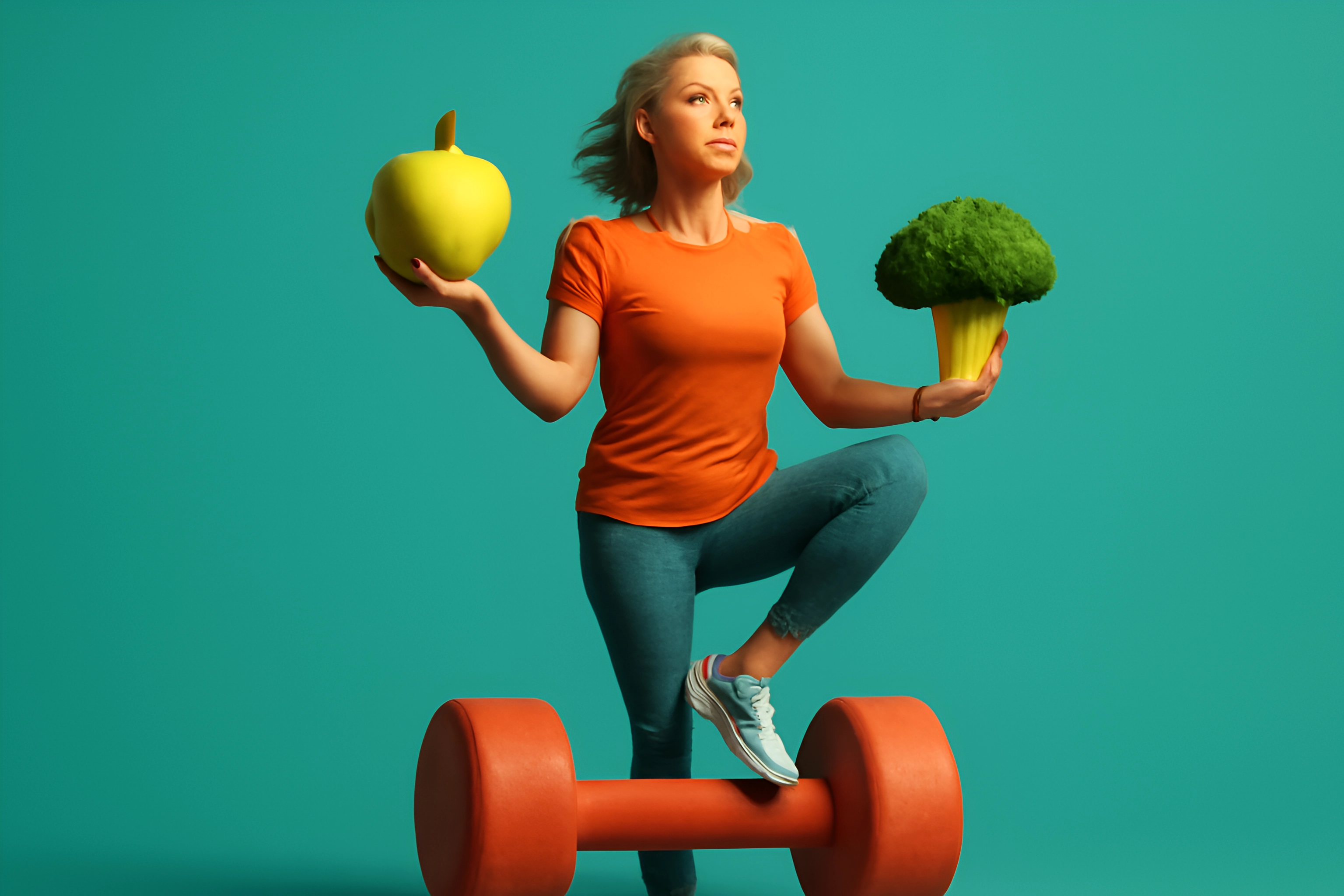
Turning 50 isn't the finish line; it's the start of a new, powerful chapter. But how do we ensure this chapter is filled with the boundless energy, vibrant health, and deep joy we deserve? The secret isn't found in a single pill, a punishing workout, or a restrictive diet. True, lasting wellness is a balanced masterpiece built on three interconnected pillars: how we move our bodies (Fitness), how we fuel them (Nutrition), and how we manage our inner world (Mindfulness).
Think of your well-being as a sturdy, three-legged stool. If you focus only on fitness but neglect what you eat, one leg is short and the stool wobbles. If you master nutrition but let stress run rampant, another leg weakens, and your foundation becomes unstable. Only when all three legs—Fitness, Nutrition, and Mindfulness—are strong and balanced can you sit securely in a life of vitality. This is why a holistic lifestyle transformation is not just a good idea; it's the only approach that truly works for the long haul.
This guide is your practical, integrated roadmap. We won't just tell you what to do; we will show you how to weave these three essential elements into the fabric of your daily life. Together, we will build a sustainable foundation for aging with vitality, creating a future where you feel stronger, calmer, and more alive than ever before.
Fitness After 50: Moving for Strength, Mobility, and Independence
Forget the "no pain, no gain" mantra of your youth. Fitness after 50 is about moving with intelligence, purpose, and a deep respect for your body. The goal is no longer about chasing an unrealistic ideal, but about building a resilient, capable body that grants you the freedom and independence to live life on your own terms. It’s about having the strength to lift your grandchildren, the balance to walk confidently on any terrain, and the stamina to say "yes" to new adventures.
The Non-Negotiables of an Over-50 Fitness Plan
To build this foundation, your movement plan must include three critical components. First is strength training, your ultimate defense against age-related muscle loss, a condition known as sarcopenia that can begin as early as your 30s. Simple, effective movements like bodyweight exercises and resistance training are non-negotiable for maintaining a robust metabolism and strong bones. According to health experts, this type of training is crucial for preserving functional strength for daily activities.
Next, you must prioritize cardiovascular health, the engine that powers your life. This doesn't require running marathons; it means finding enjoyable activities that elevate your heart rate, like brisk walking, swimming, or cycling. As noted in guides on the best low-impact exercises for seniors with joint pain, activities like water aerobics can improve heart health while protecting your joints. Consistent cardio is your ticket to sustained energy and a healthier heart for decades to come.
Finally, flexibility and balance are your secret weapons for a long and active life. These are the skills that protect you from falls—a major health risk for older adults—and keep you moving with fluid grace. Incorporating daily practices like stretching, chair yoga, or Tai Chi can dramatically improve your stability and range of motion. In fact, studies have shown that practices like chair yoga not only enhance flexibility but also contribute to better sleep and reduced depression among participants.
The Golden Rule: Listen to Your Body
The most profound shift in your fitness mindset is learning to listen to your body's wisdom. Some days you will feel energetic and strong; on others, you may need gentle movement or complete rest. This is not a sign of weakness but of intelligence.
Progress, not perfection, is the new standard. Celebrate the small victories—holding a balance pose for a few seconds longer or walking an extra block. Your body is not a machine to be pushed to its breaking point; it is a partner to be worked with.
Embrace rest and recovery as active, essential parts of your fitness plan. It is during these periods of downtime that your muscles repair and grow stronger. By honoring your body's signals, you build a sustainable practice that will serve you for a lifetime, free from injury and burnout.
Vital Nutrition: Eating to Nourish, Not Just to Diet
It's time to throw out the rulebook on restrictive dieting. After 50, our nutritional needs change, and the focus must shift from deprivation to intentional nourishment. Food is not the enemy; it is the powerful fuel that builds strong muscles, fortifies bones, and provides the vibrant energy you need to thrive. The goal is simple: to consciously add more of the good stuff that your body is craving.
Key Nutritional Focus Areas for Comprehensive Wellness After 50
Your plate should be a powerhouse of specific nutrients that support your body's evolving needs. Protein is paramount, serving as the essential building block for maintaining precious muscle mass. The National Institute on Aging suggests that older adults may need more protein than their younger counterparts to combat muscle loss, so prioritize sources like lean meats, fish, beans, and Greek yogurt in every meal. For delicious ideas, explore these balanced breakfasts for seniors with nutritious recipes to start your day strong.
Next, focus on bone builders like calcium and Vitamin D, your frontline defense against osteoporosis. Dairy products, leafy greens, and fortified foods are excellent sources that help maintain skeletal strength and reduce fracture risk. Equally important is gut-friendly fiber from whole grains, fruits, and vegetables, which aids digestion, stabilizes blood sugar, and keeps you feeling full and satisfied.
Finally, never underestimate the power of hydration. As we age, our sense of thirst can diminish, making it easy to become dehydrated, which can lead to fatigue, brain fog, and other health issues. Making water your primary beverage is one of the simplest yet most impactful habits you can adopt for your overall health, impacting everything from your energy levels to your skin's radiance.
A Simple Strategy: The "Crowd Out" Method
Feeling overwhelmed by dietary changes? Embrace a simple, powerful strategy known as the "crowd out" method. Instead of focusing on what to eliminate, concentrate on what you can add to your plate.
Start by adding a serving of leafy greens to your lunch or a side of steamed vegetables to your dinner. When you consciously fill your plate with these nutrient-dense, high-fiber foods, you naturally leave less room for the less-healthy, processed options. This isn't about willpower or deprivation; it's a gentle, effective shift in focus.
This positive approach makes healthy eating feel like an act of abundance, not restriction. You are actively choosing to nourish your body with the vibrant foods it needs to function at its best. Over time, this simple practice can fundamentally transform your eating habits without the stress and failure associated with traditional diets, as outlined in this holistic nutrition guide for aging.
Mindful Aging: Your Key to Stress Reduction and Mental Clarity
In our quest for physical health, it's easy to overlook the most powerful tool we have: our mind. Mindfulness is the practice of paying attention to the present moment without judgment, and it is the anchor that keeps our three-legged stool of wellness steady. It isn't about emptying your mind or achieving a state of constant bliss; it's about learning to navigate life's inevitable ups and downs with greater calm, clarity, and grace.
Simple Mindfulness Practices You Can Start in 5 Minutes
You don't need to retreat to a monastery to begin a mindfulness practice. You can start right now, in just a few minutes, with simple exercises that anchor you in the present. One of the most accessible is mindful breathing. Simply find a quiet place to sit, close your eyes, and bring your full attention to the sensation of your breath entering and leaving your body. When your mind wanders, gently guide it back to your breath. This simple act can calm your nervous system in minutes.
Another powerful technique is the mindful walk. The next time you go for a walk, leave your phone behind and engage your senses fully. Notice the feeling of your feet on the ground, the temperature of the air on your skin, the sounds of the birds, and the colors of the leaves. This transforms a routine physical activity into a rich, meditative experience that connects you deeply to your environment and yourself.
Finally, cultivate a gratitude practice. At the end of each day, take a moment to write down or simply think of three specific things you are grateful for. Research from UC Berkeley's Greater Good Science Center shows that this simple habit is strongly linked to greater happiness and can rewire your brain to focus on the positive. For more guidance, you can explore these mindfulness and meditation techniques for seniors.
The Synergy Effect: Integrating Fitness, Nutrition, and Mindfulness Over 50
This is where the real magic happens. The true power of this approach lies not in mastering each pillar separately, but in understanding how they work together in a beautiful, synergistic dance. When you begin to integrate these practices, the benefits multiply, creating a powerful upward spiral of well-being that transforms your entire life. Each pillar strengthens the others, making your healthy habits easier and more effective.
Consider these concrete examples of integration. When you practice mindful breathing during a strength workout (Mindfulness + Fitness), you improve your focus and form, which reduces your risk of injury and makes each movement more effective. When you eat a protein-rich meal within an hour of that workout (Nutrition + Fitness), you provide your muscles with the exact building blocks they need to recover and grow stronger, maximizing the benefits of your effort. This is where understanding nutrient timing secrets for seniors' energy can make a huge difference.
The synergy extends to your mental and emotional health as well. When you practice mindful eating (Mindfulness + Nutrition), you become more attuned to your body's natural hunger and fullness signals. This allows you to enjoy your food more and make healthier choices intuitively, without the need for rigid calorie counting. This integrated system creates a self-reinforcing cycle where every positive action supports the next, making a healthy lifestyle feel natural and effortless.
Your "Integrated Wellness" Starter Plan: A Sample Day
Bringing it all together doesn't have to be complicated. Here is a simple, integrated plan for one day that weaves all three pillars together seamlessly.
| Time of Day | Integrated Activity | Pillars Engaged |
|---|---|---|
| Morning | 5 minutes of gentle stretching & mindful breathing, followed by a protein-rich breakfast. | Fitness, Mindfulness, Nutrition |
| Afternoon | A 20-minute brisk walk outside, paying attention to the sights and sounds around you. | Fitness, Mindfulness |
| Evening | A balanced, fiber-rich dinner, followed by 3 minutes of gratitude journaling before bed. | Nutrition, Mindfulness |
One Small Step Today, a Healthier You Tomorrow
You now hold the roadmap to a transformed life—one built on the unshakable foundation of Fitness, Nutrition, and Mindfulness. We've seen how these three pillars are not separate chores but a connected, synergistic system for creating lasting vitality. This is the core of the FitOverFifty philosophy: it’s about building sustainable, joyful habits, not chasing quick fixes.
Remember, this is not an overnight overhaul. It is a journey of small, consistent steps taken one day at a time. The goal is not perfection; it is progress. Choose one small thing from this guide and commit to it for one week. That is how true transformation begins.
What is the one small change you can commit to this week? Will you add a 10-minute walk, try a mindful breathing exercise, or add more protein to your breakfast? Share your first step in the comments below—we’d love to cheer you on!
Ready to build your fitness foundation? Check out our guide on how to build a low-impact exercise routine.
Looking for meal ideas? Explore our heart-healthy superfoods and recipes for seniors.


